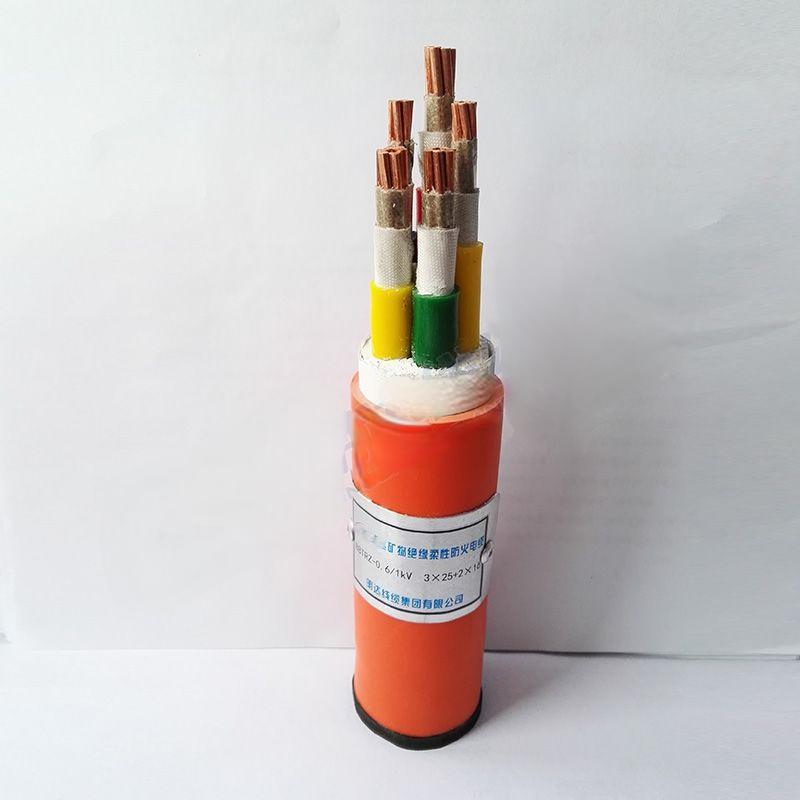11 月 . 01, 2024 19:23 Back to list
Essential Foot Valve for Efficient Operation of Water Pumps in Various Applications
Understanding Foot Valves for Water Pumps
Foot valves are essential components in water pump systems, particularly in applications where water needs to be drawn from a well or a reservoir. These valves play a crucial role in ensuring the efficient operation of pumps, preventing backflow, and maintaining prime. Let’s delve into the importance, function, and selection of foot valves in water pump systems.
What is a Foot Valve?
A foot valve is a type of check valve that is installed at the bottom of a suction line, typically submerged in the water source. Its primary function is to maintain the prime of the pump by preventing the water from flowing back into the source when the pump is turned off. This is particularly important in applications where the pump is located above the water level, as it ensures that the pump remains filled with water, ready for operation whenever needed.
How Does a Foot Valve Work?
The operation of a foot valve is relatively straightforward. When the pump is in operation, water is drawn through the suction line, and the foot valve opens, allowing water to flow into the pump. When the pump stops, the foot valve closes due to the weight of a spring or a float mechanism, effectively sealing off the suction line. This prevents the water from draining back into the well or reservoir, thus maintaining the prime and allowing for immediate pump activation when needed.
Benefits of Using a Foot Valve
foot valve for water pump

2. Maintains Prime By keeping the pump primed, foot valves reduce the time and effort required to restart the pump, making water delivery systems more efficient.
3. Enhances Pump Efficiency By minimizing air suction and maintaining a constant water level in the pump system, foot valves ensure that pumps operate optimally, reducing wear and tear and extending the pump’s lifespan.
4. Versatile Applications Foot valves can be used in various applications, including residential, agricultural, and industrial settings, where water needs to be pumped from a lower to a higher elevation.
Selecting the Right Foot Valve
When selecting a foot valve for a water pump, several factors should be considered
- Size The valve should match the diameter of the suction line to ensure a proper seal and optimal flow. - Material Foot valves can be made from different materials such as brass, stainless steel, or plastic. The choice depends on the water quality and environmental conditions. - Flow Capacity It’s essential to select a valve that can handle the pump's flow requirements for efficient operation.
In conclusion, foot valves are a vital component in water pumping systems, ensuring that pumps operate efficiently and effectively. Understanding their function and benefits can lead to better water management practices and enhanced pump longevity. For anyone working with water pumps, familiarity with foot valves is indispensable for optimal performance and reliability.
Share
-
Understanding the Differences Between Wafer Type Butterfly Valve and Lugged Butterfly ValveNewsOct.25,2024
-
The Efficiency of Wafer Type Butterfly Valve and Lugged Butterfly ValveNewsOct.25,2024
-
The Ultimate Guide to Industrial Swing Check Valve: Performance, Installation, and MaintenanceNewsOct.25,2024
-
Superior Performance with Industrial Swing Check Valve: The Essential Valve for Any SystemNewsOct.25,2024
-
Industrial Swing Check Valve: The Ideal Solution for Flow ControlNewsOct.25,2024
-
You Need to Know About Industrial Swing Check Valve: Functionality, Scope, and PerformanceNewsOct.25,2024